

WORLD WAR 1 NURSES
By Casey Chamberlain
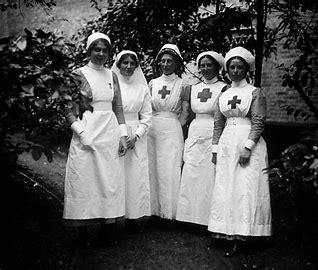

Contents:
Introduction - p 1
main - p 2 to 3
Australia’s involvement and enlistment - P 4 to 5
map - p 6
Nurses overview - p 7
Experiences of nurses - P 8
Impacts of nurses - P 9
Rachael Pratt - P 10
timeline of Rachael Pratt - p 11
bibliography - P 12 to 13
Introduction:

The Great War was declared on August 4th, 1914. It lasted until the last battle ended on the 11th of November 1918 however the AIF (Australian Imperial Force) fought its last battle on October 5th that year. The causes for World War 1 follow the acronym MAIN. Australia got involved because they still saw Great Britain as their leaders and the Prime Minister and his opposition in an ongoing election both supported Britain and sent soldiers to war. Soldiers were sent all over the world to fight, they were also sent to Egypt to train.

MAIN:

Before the war European countries practiced materialism, the countries building up their military paranoia. Germany especially liked to expand their army to be on top but Britain was always better.
MaterialismAlliances-
European countries were divided into two sets of alliances before World War 1. The assassination of Austro-Hungarian archduke Franz Ferdinand led to the crisis between Serbia and the Austro-Hungarian Empire and caused alliances to pick a side for World War 1.
MAIN:

European countries wanted the territory of Africa which increased the rivalry between them making them more sensitive to rivalry in Europe which lead to World War 1.
Imperialismnationalism-
The Austro-Hungarian Empire wasn’t made up of nations but groups, these groups wanted control over themselves, specifically the Balkans who tried to extend their boarder in the years before the war. This made them sensitive to everything so when the execution happened the AustroHungarians didn’t hesitate to start a war.

Involvement and enlistment
Why was Australia involved?


When war was declared Prime Minister Joseph Cook and Opposition, Leader Andrew Fisher, who were in the middle of an election at the time, supported Britain and sent soldiers to fight
Statistics
Nations Archives of Australia informs us that out of a population of 4 million, 37% of the male population aged between 18 and 44 enlisted which is ‘416,809 people. Of these men 58,961 died, 166,811 were wounded, 4098 went missing or were prisoners of war, and 87,865 suffered sickness.’.


Propaganda
Propaganda was used in forms of posters to make its audiences feel a certain way, it was used for fundraising, to build hatred for their enemy and to encourage enlistment.
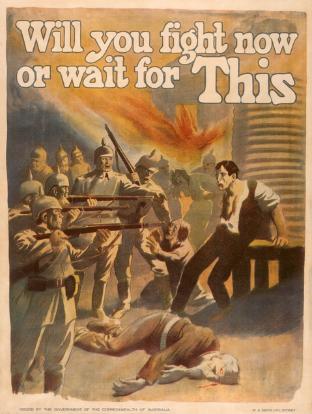

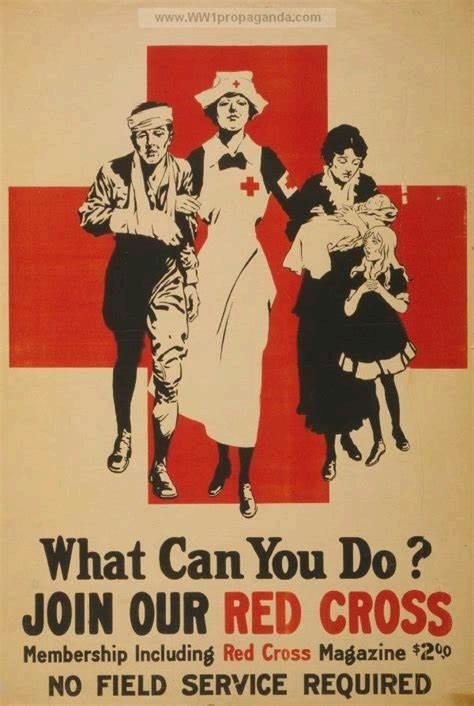
Why did soldiers enlist in war?
Australians enlisted in World War 1 for many reasons, such as they still felt loyal to Britain, their ‘Mother Country, men needed regular pay, they sought combat or adventure, or they wanted an escape from a normal life.


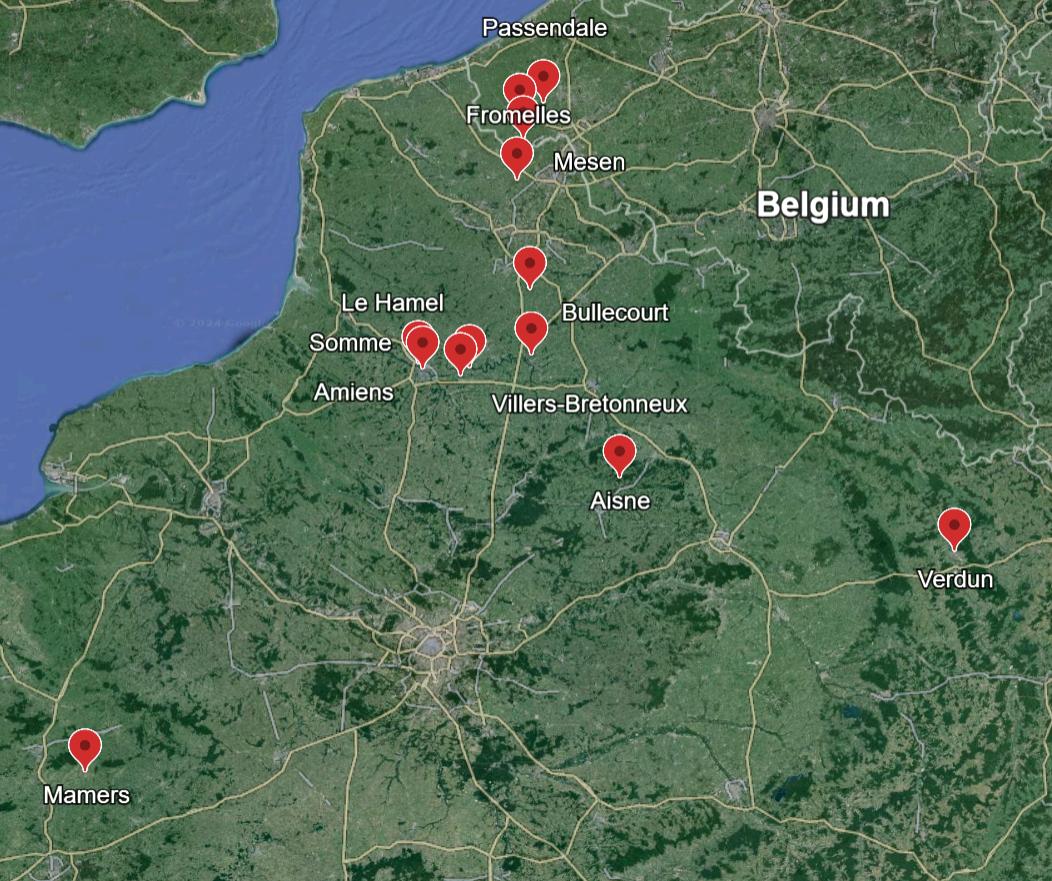
The Western Front Battles

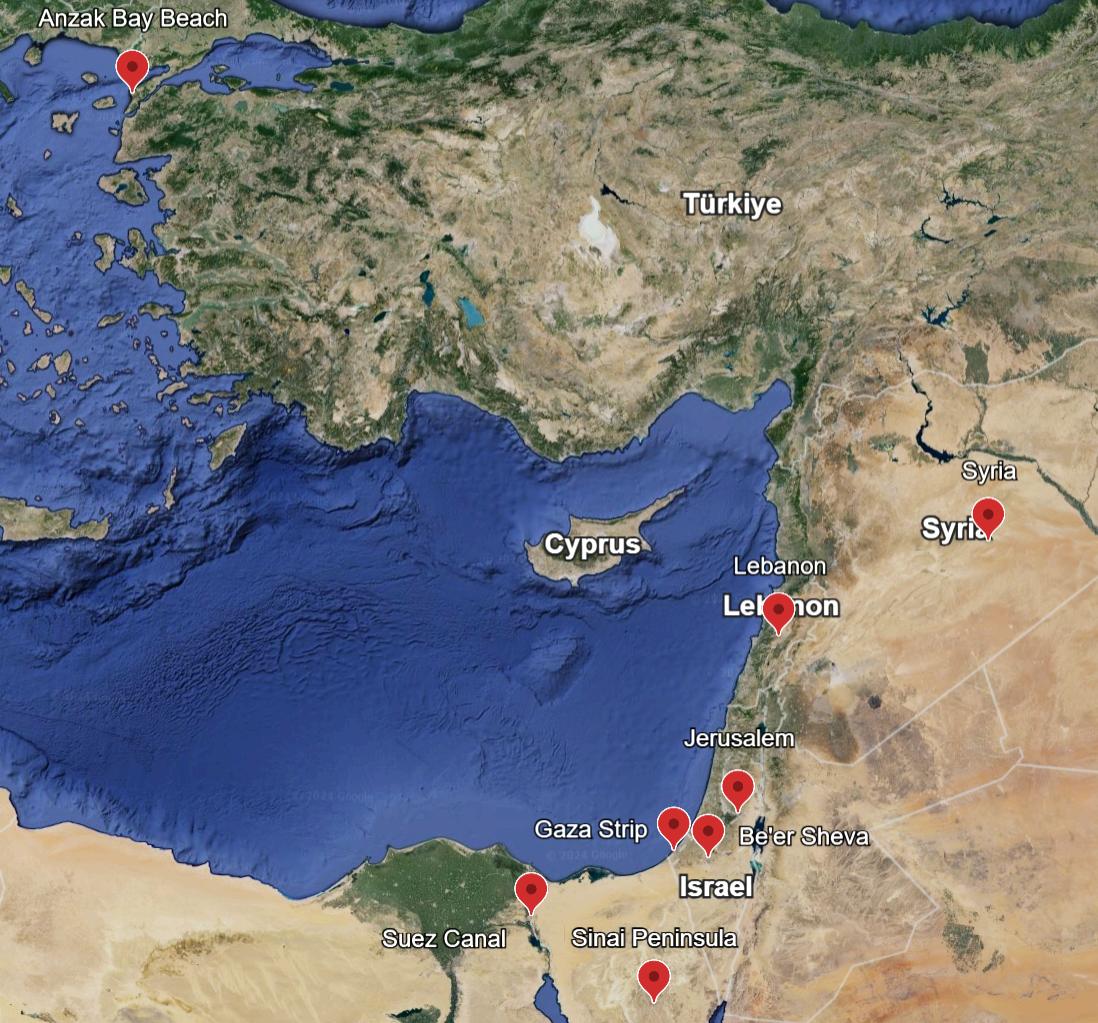
The Middle East Battles & Gallipoli

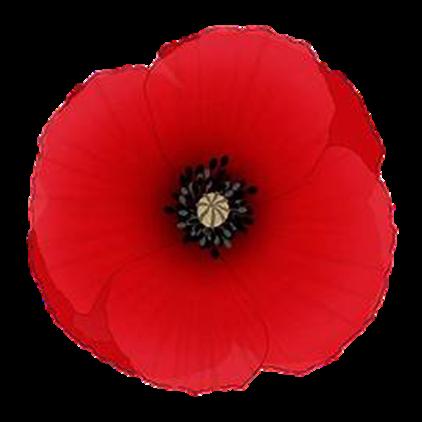
World War 1 Australian Nurses


The Australian Army Nursing Service consisted of 2861 women during World War 1. These nurses were required to be 25 to 40 years old, they had to have an education and 3 years minimum of nursing experience. In addition to this, once they were enrolled, they were trained to work in veterans' hospitals for soldiers who needed health care after war.
During The Great War they worked in casualty clearing stations near the front line and at Australian and Allied hospitals in countries such as Belgium, Egypt, England, France, Greece, India, Burma, Salonica and hospital shops and trains.

Experiences of Australian ww1 nurses





Nurses experienced many difficult challenges while serving in war. They faced facilities that were dirty and didn’t have enough medical equipment or staff. The nurses endured disease, harsh climate, large numbers of wounded and traumatised soldiers, and language differences when they were treating war prisoners. The medical emergencies they dealt with were amputations, gas gangrene, shell shock, disfigurements, and more. This caused them to feel strain, helpless, isolated, exhausted, and sadness when they lost a patient.






Impacts of Australian ww1 nurses







AIF nurses gained confidence in their abilities while serving in war which improved their performance, and they began playing greater rolls in surgeries however other impacts affected their mental and physical health. They had to rely on their families for money during the war because they weren’t paid enough, and the war caused them to have shell shock/PTSD which was left undiagnosed and untreated. That was if they survived, out of the 2861 nurses during the war 25 died. This isn’t as much as soldiers, but these women were working away from the battlefield.





Rachael Pratt
Rachael Pratt was one of the most impactful nurses that served in the AIF. She had been nursing for 6 years when she joined the AIF where she continuously worked and put in all her effort no matter what. On July 4th a bomb exploded near the tent she was working in which caused chunks of metal to get lodged in her back puncturing her lung however she didn’t stop treating her patients until she collapsed. She survived the injuries and became the first women awarded with the military medal for “bravery under fire” on October 19th, 1917. She continued working until she retired in the mid-1930s and became permanently incapacitated in 1939, she was hospitalised and treated for depression and melancholia which she received from war. She bought a home where she received regular medical attention and died in hospital on March 23rd, 1954.



Bibliography
Australian War Memorial (2021). First World War 1914–18 | The Australian War Memorial. [online] Awm.gov.au. Available at: https://www.awm.gov.au/articles/atwar/first-world-war.
Beck, E. (2016). Long-term Causes of World War I. [online] History Crunch - History Articles, Summaries, Biographies, Resources and More. Available at: https://www.historycrunch.com/long-term-causes-of-world-war-i.html#/.
corporateName =Department of Veterans’ Affairs; address=21 Genge St, C.C. (2023). Enlisting in the Australian forces during World War I | Anzac Portal. [online] anzacportal.dva.gov.au. Available at: https://anzacportal.dva.gov.au/wars-andmissions/ww1/military-organisation/enlistment#2.
Australian War Memorial (2021b). Propaganda posters | Australian War Memorial. [online] www.awm.gov.au. Available at: https://www.awm.gov.au/learn/schools/resources/anzac-diversity/europeananzacs/propaganda.
Naa.gov.au. (2024). Australian recruitment statistics for the First World War | naa.gov.au. [online] Available at: https://www.naa.gov.au/students-andteachers/student-research-portal/learning-resource-themes/war/world-wari/australian-recruitment-statistics-first-worldwar#:~:text=Australia%27s%20total%20population%20at%20the.
www.awm.gov.au. (2021). First World War 1914–18 | Australian War Memorial. [online] Available at: https://www.awm.gov.au/articles/atwar/first-worldwar#:~:text=While%20thousands%20rushed%20to%20volunteer%2C%20most%20of%20the [Accessed 15 May 2024].
Dva.gov.au. (2022). Overview of Australia’s involvement in the First World War | Department of Veterans’ Affairs. [online] Available at: https://www.dva.gov.au/newsroom/media-centre/media-backgrounders/overviewaustralias-involvement-first-worldwar#:~:text=In%201916%20Australian%20troops%20participated.
Department of Veterans' Affairs (2020). Australian Army Nursing Service in World War I | Anzac Portal. [online] Anzac Portal. Available at: https://anzacportal.dva.gov.au/wars-and-missions/ww1/militaryorganisation/australian-imperial-force/australian-army-nursing-service.

vwma.org.au. (n.d.). Sister Rachael PRATT MM. [online] Available at: https://vwma.org.au/explore/people/254601.
Lincoln, M. (1988). Cultural Advice. [online] Australian Dictionary of Biography. Available at: https://adb.anu.edu.au/biography/pratt-rachel-8099.
Australian War Memorial (2021b). Great War Nurses | The Australian War Memorial. [online] Awm.gov.au. Available at: https://www.awm.gov.au/visit/exhibitions/nurses/ww1.
Carswell, B. (2024). Research Guides: Australians in World War 1: Nurses. [online] guides.slv.vic.gov.au. Available at: https://guides.slv.vic.gov.au/wwone_soldiers/nurses#:~:text=Australian%20nurse s%20proved%20to%20be%20energetic%2C%20hardworking%20and.
University of Delaware. (2020). The Nurses of World War I – Nurses in Wartime. [online] Available at: https://exhibitions.lib.udel.edu/nurses-in-wartime/nursesin-wartime/the-nurses-of-world-war-i/.
Todd, C. (2018). How Nurses in World War I Helped Change Ideas About What Women Could Accomplish. [online] Time. Available at: https://time.com/5450885/wwinurses/.
www.centenaryofanzac.tas.gov.au. (n.d.). Centenary of ANZAC - Nursing in World War I. [online] Available at: https://www.centenaryofanzac.tas.gov.au/history/women_and_war/nurses#:~:tex t=Life%20after%20the%20war.
corporateName =Commonwealth Parliament; address=Parliament House, P. of A. (n.d.). Chapter 1 - The Significance of the Gallipoli Peninsula. [online] www.aph.gov.au. Available at: https://www.aph.gov.au/Parliamentary_Business/Committees/Senate/Finance_and_ Public _Administration/Completed_inquiries/200407/gallipoli/report/d01b#:~:text=The%201915%20conflict%20on%20the.
Browne, A. (2021). The 4 M-A-I-N Causes Of World War One. [online] History Hit. Available at: https://www.historyhit.com/the-4-m-a-i-n-causes-of-world-warone/.

